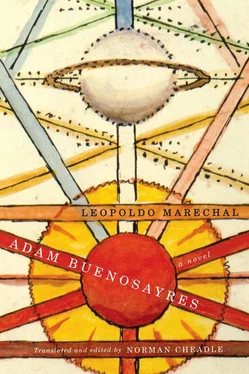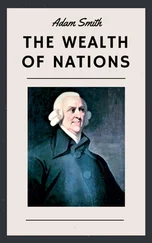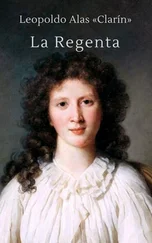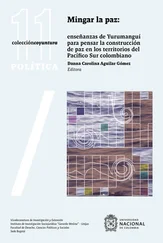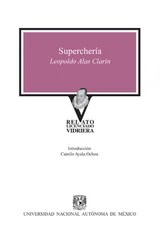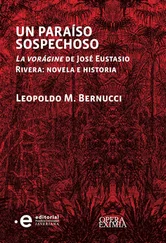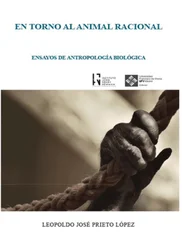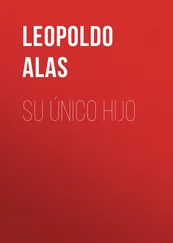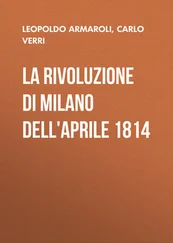2 Unless otherwise indicated, I quote from the English translation of Cortázar’s review.
3 Respectively, Leo Ou-fan Lee’s reading of Midnight (1932) by Mao Dun (in Moretti 687–92); and Ernest Emenyonu’s reading of People of the City (1954) by Cyprian Ekwensi (in Moretti 700–5].
4 James Scobie’s Buenos Aires: Plaza to Suburb, 1870–1910 is a classic English-language social history of Buenos Aires. A good sequel is Richard Walter’s Politics and Urban Growth in Buenos Aires: 1910–1942 .
5 European visitors, especially French and Spanish, praised Buenos Aires as the most important Latin city after Paris. In Adrián Gorelik’s view, this enthusiasm was due in part to their anxiety to find an equivalent to anglophone New York, and in part to a view to assuring a place of continuing importance for their own old-world “Latin” cultures in a world whose future looked to be increasingly American (Gorelik 86–8).
6 Berg disagrees with the classification of Adán as a Großstadtroman . Although he agrees that it offers a “ ‘total’ panorama” of Buenos Aires in terms of scriptural and discursive space (99), he feels it is a mistake to compare Marechal’s novel with those of Joyce, Dos Passos, or Döblin, opining instead that Adán affords a “non-modern” vision of the well-ordered, familiar barrio , or at most — Berg concedes to the peril of his argument — of the arrabal [suburb] (101–2). But barrio and arrabal , it must be noted, are two very different spaces, whose agglomeration adds up to the modern big city. Navascués’s view of the matter, though expressed in an article concerned with Marechal’s “mythical cartography” rather than his treatment of urban space, tends toward the same position as Berg ( Cartografías 111–12).
7 Given the quasi-autobiographical nature of Gamboa’s novel, it seems plausible that Salim may be based on Abdellatif Limami.
8 Borges never forgave Marechal for his caricature as Luis Pereda and refused even to acknowledge the novel’s existence.
9 For English-language treatments of Adán vis-à-vis Ulysses , see Fiddian (29–31), Gordon, and Gerald Martin’s brief but useful contextualization (138–9). Martin finds Adán Buenosayres particularly notable because “the book was scarcely read until the 1960s, by which time the so-called New Novel had retrospectively rendered it legible, thereby underlining its extraordinary pathbreaking achievement” (139).
10 “Books this incoherent are rare” (20). And yet, just over a decade later, Cortázar in his great novel Rayuela [Hopscotch] would experiment with textual fragmentation to a far greater degree than did Marechal. In both Adán and Rayuela , fragmentation, displacement, and centrifugality take place under the author’s sure artistic control; in neither case does incoherence result.
11 For Vicente Cervera Salinas, for example, there is no doubt that Adam’s Notebook “traces the novel’s centre of articulation” (202). Cervera Salinas’s very erudite gloss on Marechal’s version of “the Beatrice Syndrome” (chapter 7, “La estirpe de Solveig Buenosayres”) is the rare, thorough-going “metaphysical” reading of the novel that takes on board the lessons of modern theory, rather than evading or outright shunning them.
12 Marechal presents his second novel, El Banquete de Severo Arcángelo (1965) [The Banquet of Severo Archángelo] by noting that he left his hero Adán Buenosayres stranded in the last circle of Hell and proposes to show with his new novel a way out (Banquete 9).
13 Marechal wrote in 1941 that future novelists would see in Joyce “an enlightened precursor and… approach Ulysses as a strange and beautiful monument” (James Joyce 302). In an interview in Spain shortly after Adán was published in 1948, Marechal said of his novel: “It is a gigantic autobiography linked to the life of the city. I consider it a key novel, its architecture Mediterranean and Latin, free in its language, [based] on the Aristotelian canons of the epic form. The Mediterranean novel is the modern epic and must continue in this line. Perhaps the only one who may be considered an interpreter of this way of feeling is James Joyce” (qtd. in Andrés 81).
14 See also Javier de Navascués, “Marechal frente a Joyce y Cortázar.”
15 By virtue of a curious textual juxtaposition in the same issue of Sur (November 1949), Lanuza’s screed against Marechal and his novel immediately follows Arturo Sánchez Riva’s celebratory review of Ernesto Sábato’s first novel, El túnel (1948) [The Tunnel], a short cogent tale attuned to postwar French existentialism. The novels are utterly dissimilar in tone, narrative technique, and length. To his credit, however, Sábato always defended Marechal.
16 The violent animus of Marechal’s contemporaries gave way to the more serene assessment of Adán in the 1950s by the Contorno writers Noé Jitrik, David Viñas, and Adolfo Prieto (the latter frankly admiring of the novel). In the sixties Marechal was partially rehabilitated thanks to the success of his second novel, El Banquete de Severo Arcángelo (1965) and his public support of Fidel Castro’s revolution in Cuba. Abelardo Castillo (b. 1935) has always championed Marechal; when awarded the Grand Prize of Honour by SADE in 2011, he again denounced the injustice done to Marechal (Silvina Friera, “Abelardo Castillo, Gran Premio de Honor de la SADE.” Página 12 . Cultura & Espectáculos. 16 Dec. 2011).
17 The version of this quasi-mythical incident best known in North America is Emir Rodríguez Monegal’s tendentious take on it ( Jorge Luis Borges 392). Martín Lafforgue (49–50) neatly summarizes the story’s variants and the historical context. Jorge B. Rivera, examining thoroughly the extant documentation, concludes that the incident in fact occurred before Perón’s presidency (29, 39) and does a good deal to separate propagandistic fiction from the facts of the case. In any case, when Perón was overthrown and exiled in 1955, the triumphant military regime assuaged the affront by appointing Borges director of the Argentine National Library (Rodríguez Monegal 429).
18 A front-page article of Martín Fierro (5 May 1925) complains that in Argentina “the railways are English, the banks Yankee, and the electrical companies German”… “Nothing is ours; those who own Argentina are throughout the world. But the only thing these owners know is that Argentina is the source of a very good thing called dividends”… “A friend of mine who studied at Oxford was asked by the young Englishmen there if Argentina was an English colony” ( Revista Martín Fierro 103–4). Here the anti-English sentiment is still fairly muted in comparison with what it would become in the 1930s and 1940s in both right- and left-wing Argentine nationalism, but the indignation is already evident.
19 Words spoken in Gustavo Fontán’s documentary film Marechal, o la batalla de los ángeles (2002). Horacio González was appointed director of the Argentine National Library in 2005.
20 The terms “traditionalist” and “metaphysical,” as well as “initiate,” are continually used by Marechal’s characters (and ironically by the novel’s narrator) in the special sense given them by René Guénon (1886–1951). The French author believed in an ageless esoteric tradition that underlies all exoteric religions. The alleged tradition bears a single, unified metaphysical doctrine available only to initiates. The same terms crop up in the literature of occultism, theosophy, etc., though Guénon tends to distance himself from such cultural movements.
Читать дальше
